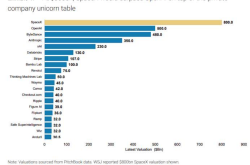Apple's Dilemma: Qualcomm's Comprehensive Testing Highlights Superiority of X75/X80 Over Apple's C1 5G Modem Chip
![]() 06/02 2025
06/02 2025
![]() 658
658
The most significant advancement in Apple's iPhone 16e this year is undoubtedly its in-house developed modem chip, C1. This marks Apple's debut into the realm of self-manufactured modem technology after years of research and development.
Industry insiders widely speculate that Apple intends to gradually phase out Qualcomm chips in favor of its C-series base chips across its iPhone lineup.
To evaluate the performance of C1, Ookla, a reputable third-party agency, conducted tests comparing the iPhone 16e with Android devices. The results indicated that, while C1 performed competitively with Qualcomm in certain scenarios, the overall differences were minimal.
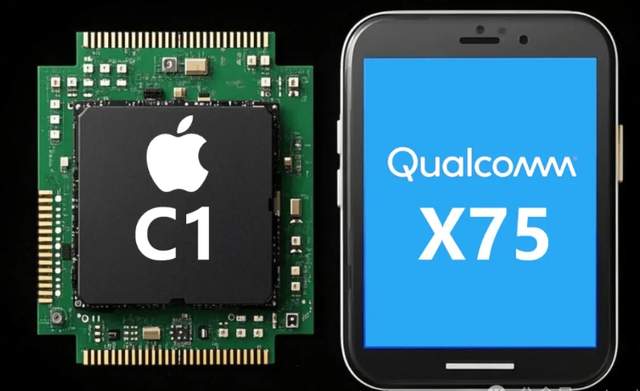
This revelation poses a challenge to Qualcomm, as it suggests that its long-standing dominance in modem chips is now being challenged by a newcomer, Apple.
Undeterred by these initial findings, Qualcomm commissioned Cellular Insights, a leading mobile network analysis firm, to conduct an extensive series of tests under various network conditions. These tests pitted the iPhone 16e against Android smartphones equipped with Qualcomm's Snapdragon X75/X80 modems.
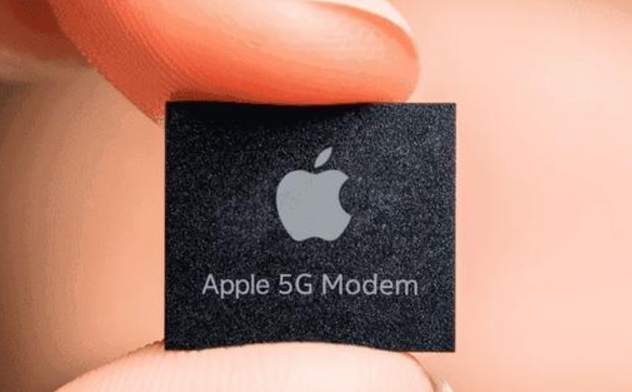
Qualcomm emphasized that this was "the only comprehensive and scientifically rigorous comparative study conducted to date in the U.S. network environment," ensuring the fairness and impartiality of the results.
The test results were unequivocal: in both near-cell and far-cell scenarios, Android devices utilizing Qualcomm modem chips significantly outperformed the iPhone 16e in both downlink and uplink speeds. Specifically, uplink speeds exceeded the iPhone's by over 50%, while downlink speeds surpassed it by more than 30%.
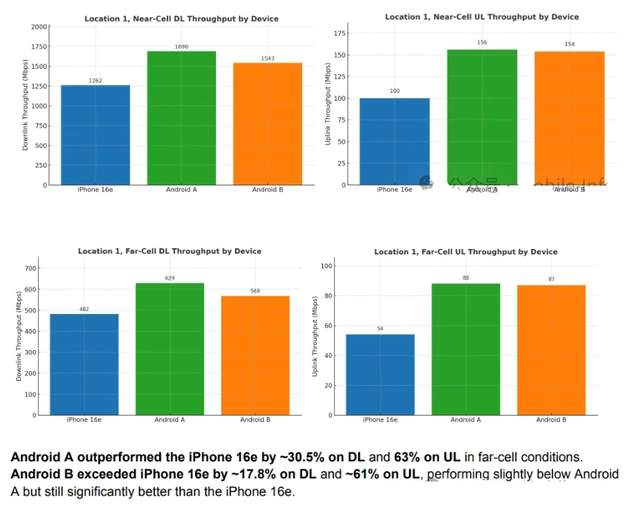
Further analysis revealed that the iPhone 16e's PHY layer performance lagged behind Android devices, achieving only about 60% of their efficiency, highlighting a substantial gap.
In terms of spectral efficiency and anti-interference capabilities, Android devices demonstrated notably higher upload/download speeds than the iPhone, maintaining a significant lead. Especially in environments with signal attenuation, the iPhone 16e's user experience showed noticeable interruptions, whereas Android devices maintained a stable connection.
Qualcomm asserts that its modem chips are clearly superior to Apple's C1, and that Apple still has significant ground to cover in this area.
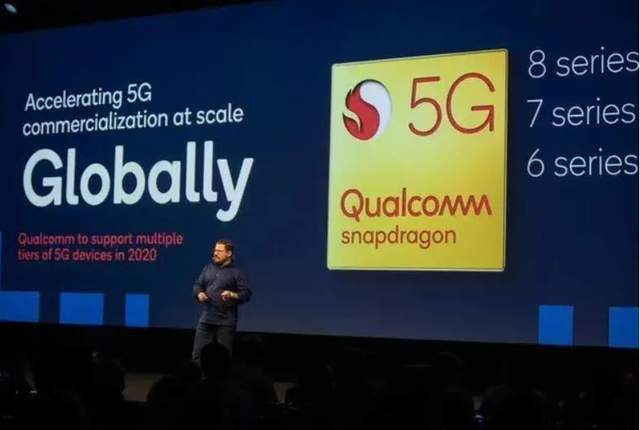
While it is not surprising that Apple's first-generation C1 chip may not yet match Qualcomm's expertise, given the accumulated know-how required for modem chip development, Apple's future progress is undeniable.
Although C1 may not be fully ready now, future iterations like C2, C3, and C4 could potentially close the gap. Ultimately, Apple aims to replace Qualcomm's modem chips entirely with its in-house solutions. No matter how many tests Qualcomm conducts, this inevitable shift in the industry landscape remains a foregone conclusion.

